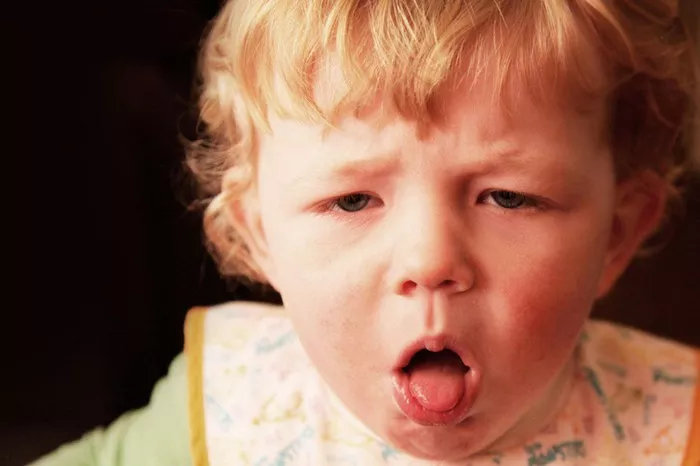The common cold is one of the most frequent illnesses people experience. It spreads easily, especially in crowded places like schools, offices, and homes. Understanding when a cold is contagious is crucial to prevent its spread. This article will explain the stages of a cold, when it is most contagious, and how to protect yourself and others.
What Is the Common Cold
The common cold is a viral infection that affects the nose, throat, and sinuses. It is caused by more than 200 different viruses, with rhinoviruses being the most common. Symptoms include a runny nose, sore throat, cough, and sometimes a fever. While colds are usually mild, they can be uncomfortable and disruptive.
Stages of a Cold
A cold typically progresses through three stages early, active, and late. Each stage has different symptoms and levels of contagiousness.
Stage 1 Early (Days 1 to 3)
In the early stage, symptoms are mild. You might notice a tickle in your throat, sneezing, or a runny nose. This stage is when the virus starts to multiply in your body. Even though symptoms are not severe, you can still spread the virus to others. In fact, you may be contagious a day or two before symptoms appear.
Stage 2 Active (Days 4 to 7)
The active stage is when symptoms peak. You may experience a stuffy nose, cough, body aches, and fatigue. Some people, especially children, may develop a fever. This is the most contagious stage because the virus is actively replicating and spreading through respiratory droplets when you cough or sneeze.
Stage 3 Late (Days 8 to 10)
In the late stage, symptoms begin to improve. However, a lingering cough or nasal congestion may persist. While you are less contagious at this point, you can still spread the virus, especially if you are still coughing or sneezing.
When Is a Cold Most Contagous
A cold is contagious from a day or two before symptoms appear until about a week after symptoms start. The most contagious period is during the first three days of symptoms, when the virus is most active. However, some people, especially those with weakened immune systems, may remain contagious for up to two weeks.
How Does a Cold Spread
Colds spread through respiratory droplets when an infected person coughs, sneezes, or talks. These droplets can land on surfaces or be inhaled by others. Touching contaminated surfaces and then touching your face can also spread the virus. Cold viruses can survive on surfaces for several hours, making it easy to pick up the infection26.
Psychological Factors in Cold Transmission
Believe it or not, psychology plays a role in how colds spread. For example, stress can weaken your immune system, making you more susceptible to catching a cold. Additionally, seeing someone shiver or appear cold can subconsciously make you feel colder, which might affect your body’s ability to fight off infections.
How to Prevent Spreading a Cold
To prevent spreading a cold, follow these tips
- Wash your hands frequently with soap and water.
- Cover your mouth and nose with a tissue or your elbow when you cough or sneeze.
- Avoid close contact with others, especially during the first few days of symptoms.
- Disinfect frequently touched surfaces, like doorknobs and phones.
- Stay home if you are feeling unwell to avoid spreading the virus to others.
How to Protect Yourself from Catching a Cold
Protecting yourself from a cold involves similar steps
- Wash your hands regularly, especially after being in public places.
- Avoid touching your face, particularly your eyes, nose, and mouth.
- Keep your distance from people who are sick.
- Boost your immune system by eating a balanced diet, getting enough sleep, and managing stress.
Conclusion
Understanding the stages of a cold and when it is most contagious can help you take steps to prevent its spread. By practicing good hygiene and being mindful of your health, you can protect yourself and others from this common illness. Remember, even if you feel better, you might still be contagious, so take precautions until you are fully recovered.
Related topics:
The Signature Symptoms Of Long Covid In Children
How To Tell If a Newborn Is Cold


